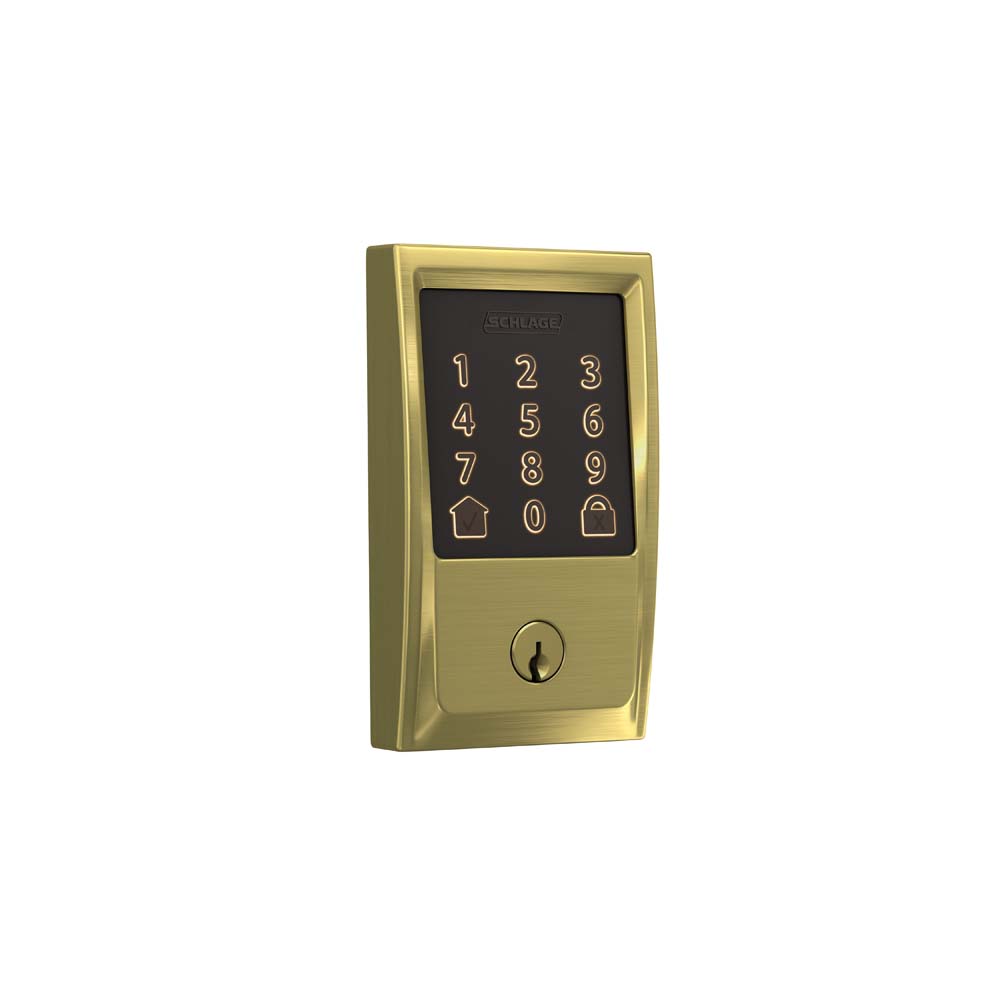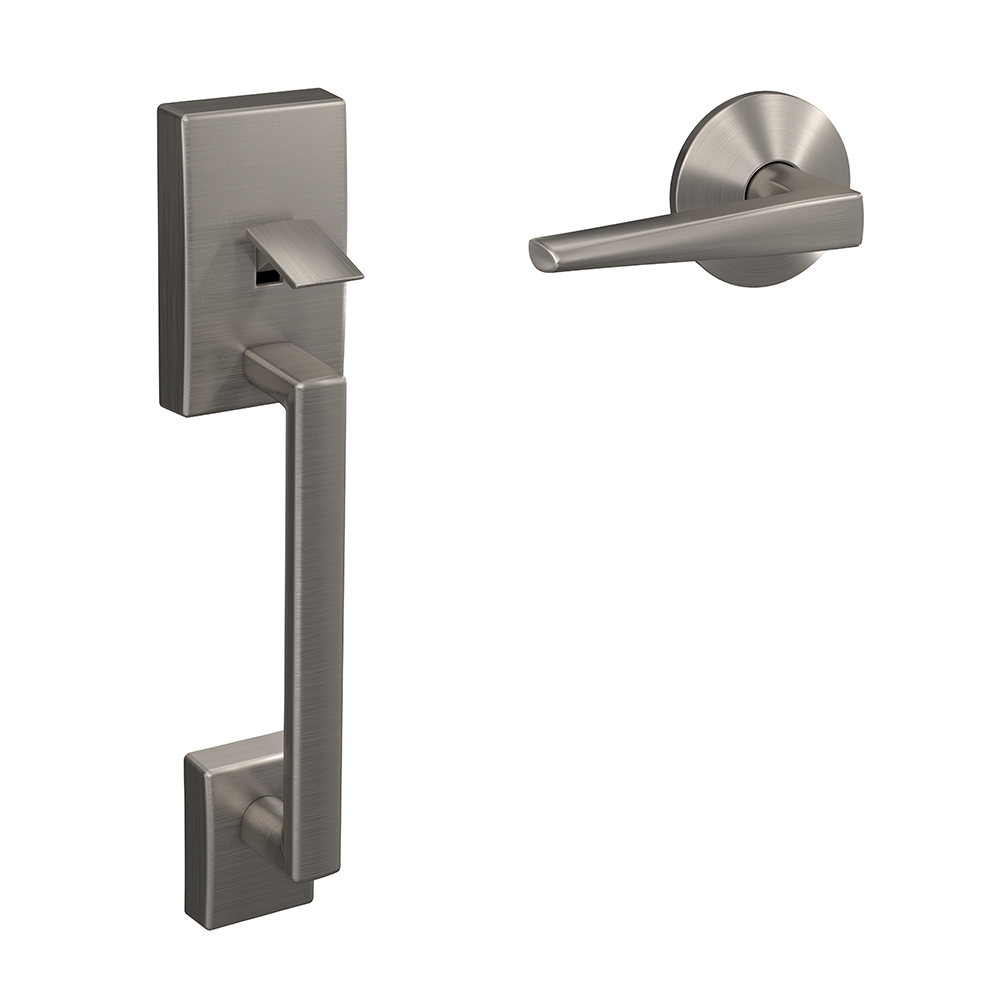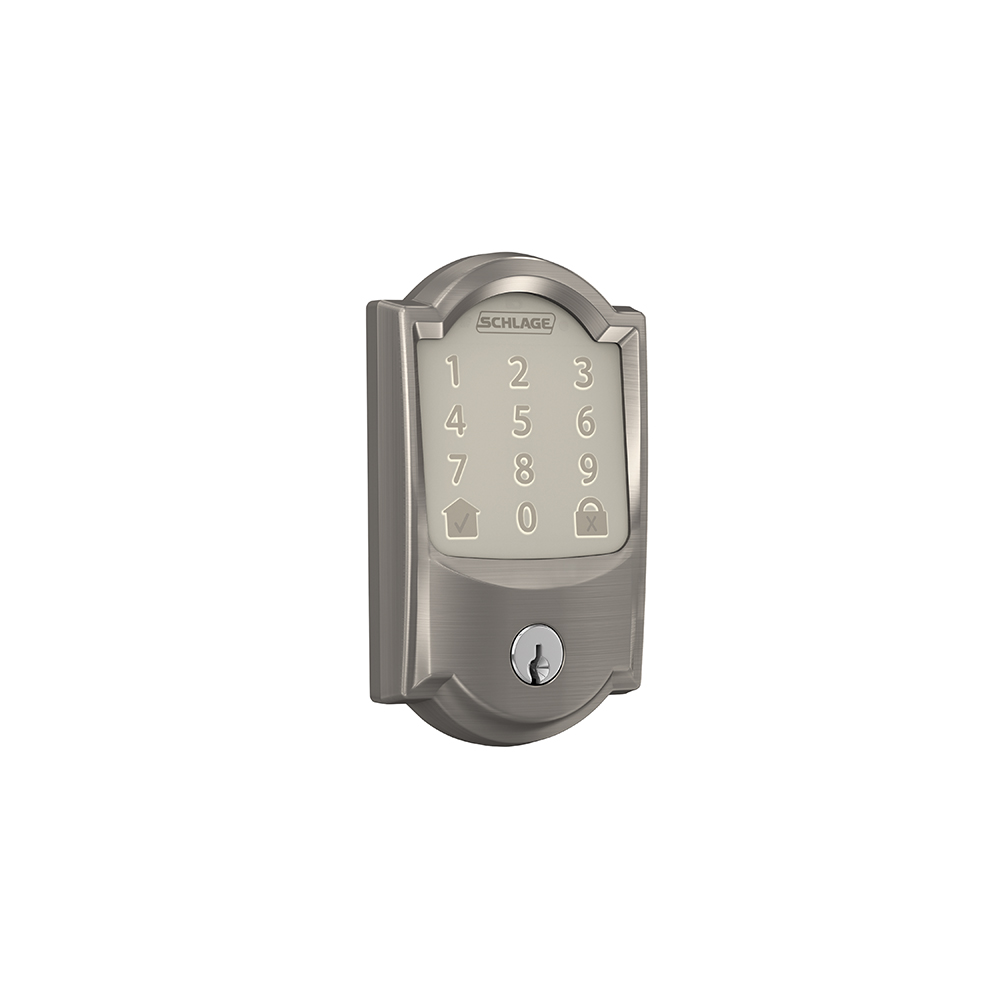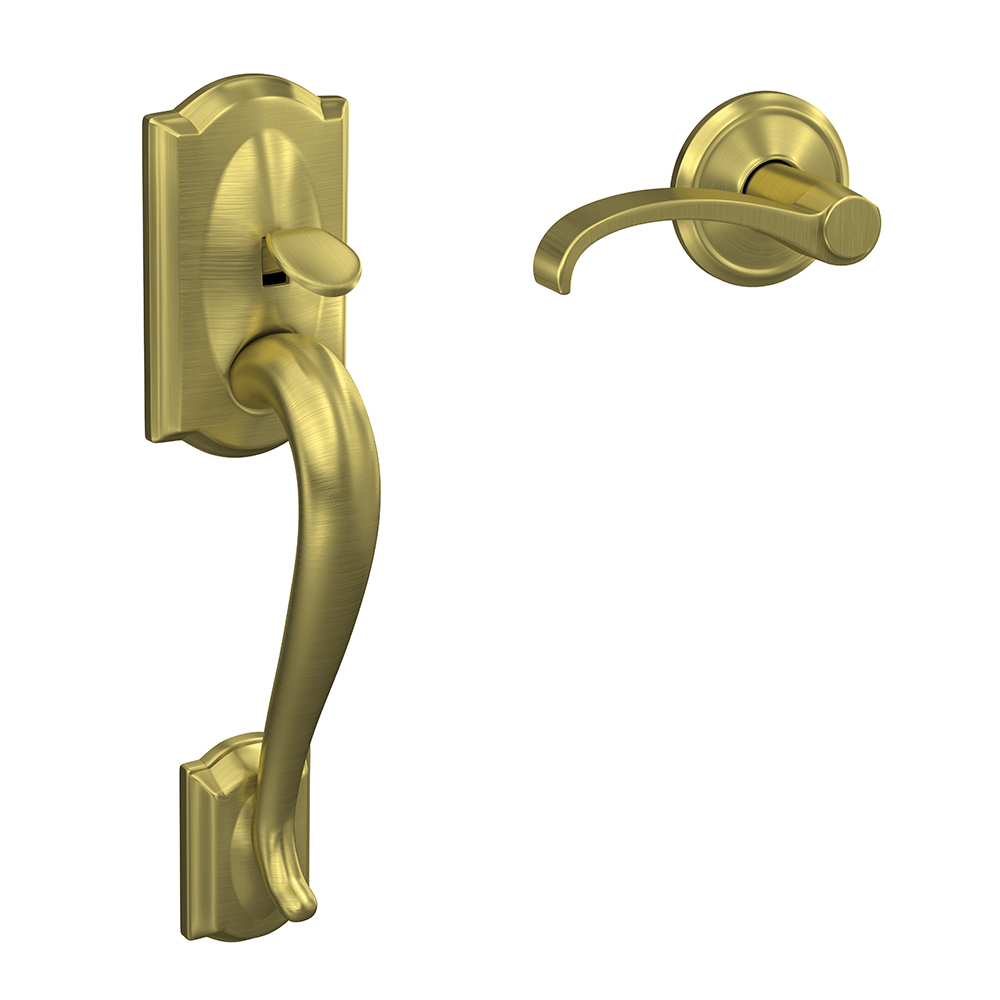How to protect electronics during a disaster.
Tuesday, September 15, 2020
Emergencies can happen any time, which is why it’s best to be prepared. These tips for protecting personal electronics and appliances during a disaster are a good place to start.

What you can do today to prepare for an emergency
You don’t have to wait until the last minute to make many of your preparations. When you put together your emergency kit, take some time to safeguard the rest of your home as well.
- When it comes to personal electronics you’ll want to keep with you during an emergency, pack extra wall chargers. Remember chargers for cell phones, laptops and tablets, and any electronic medical devices, for example, and include them in your emergency evacuation kit.
- Get portable chargers or battery backups, especially for cell phones, and pack those, too.
- Back up important information on the Cloud. This includes important documents, an inventory of valuable belongings for insurance purposes, emergency contact info for you or family members out of state, medical information or all of the above. If they’re on the Cloud, you don’t have to worry about your laptop’s hard drive getting damaged during the emergency. A USB or external hard drive are other options but more susceptible to damage.
- If fire and earthquake are concerns, get a sturdy, portable case to protect your devices from impact by falling debris or flames.
- Install surge protectors. Some electronics are especially vulnerable and can fry their chips during a power surge.
- Test smoke and carbon monoxide alarms and replace their batteries on a regular basis. This not only helps protect your personal wellbeing, but early detection can also let you take swift action to protect your material possessions, electronics included.
How to protect home electronics before an emergency
If a disaster or evacuation seem imminent, it’s time to start putting your family’s emergency preparedness plan into action. But remember: Your first priority is staying safe and alive. Only take these steps if you are not in immediate danger.
- Charge your devices completely so you don’t have to worry about the battery when power goes down or you no longer have access to an outlet.
- Take your car charger with you if you need to evacuate. And don’t worry about it draining your car battery.
- Unplug and move electronics to a high location in case of flooding. Also unplug major appliances before an emergency. Refrigerators and freezers can stay connected to power unless there’s a risk of flooding.
- Turn off the main breaker to protect your home appliances and technology from power surges. Make sure everyone in the home knows how to complete this task. The same goes for the main gas and water valves.
- Lock your doors and windows to help protect electronics, and everything else, from potential break-ins. If you have a Schlage smart lock, rest assured that your door will remain locked even if the power and WiFi go down. You just won’t have remote access capabilities without WiFi. Don’t worry about getting locked out, either. You will still be able to get in by unlocking the deadbolt at the touchscreen or by using a manual key. Schlage smart locks are battery operated and not connected to the home’s power.
How you can protect electronics and appliances during a disaster
Once you’re in the thick of an emergency, your top priority is to keep you and your family safe. You can also take steps to avoid making the situation worse and putting unnecessary strain on yourself and first responders.
- Pack cell phones, computers and other personal electronics in plastic zipper bags or waterproof bags. Because we often rely on our cell phones to contact loved ones or emergency personnel, and get information and other alerts, it’s all about protecting that lifeline, whether it’s during a fire, flood, heavy rain or severe snow.
- Use flashlights, not candles, during a power outage to limit the risk of fire damage.
- Never use a generator inside your home. Generators emit carbon monoxide, creating a situation that’s potentially more hazardous than what you started with.
- Don’t use electronics or appliances that have been submerged in water. Best case scenario, they simply won’t work. Worst case scenario, you inadvertently start another emergency.
- Don’t turn on the power or use electronics without an inspection by a qualified electrician first. They will be able to advise you on what needs to be repaired or replaced before the next use.
It’s never fun to contemplate natural disasters, home emergencies and all the anxiety that comes with them. However, it’s even less fun to try to deal with these situations without a plan in place. Find more ways to protect your home and loved ones at the Schlage blog.














